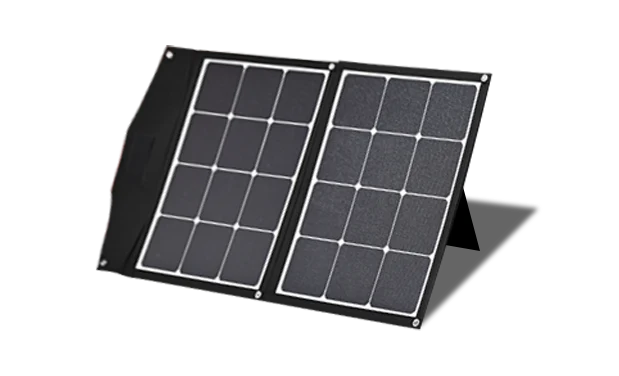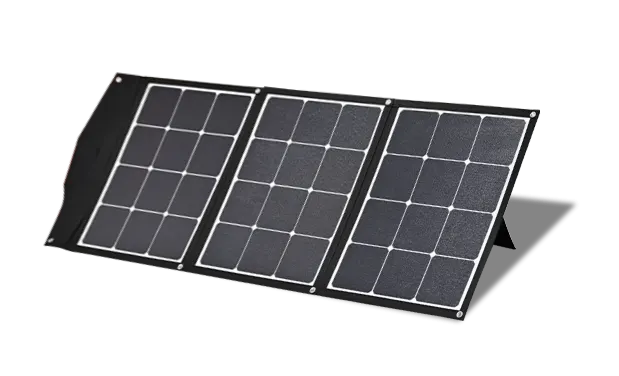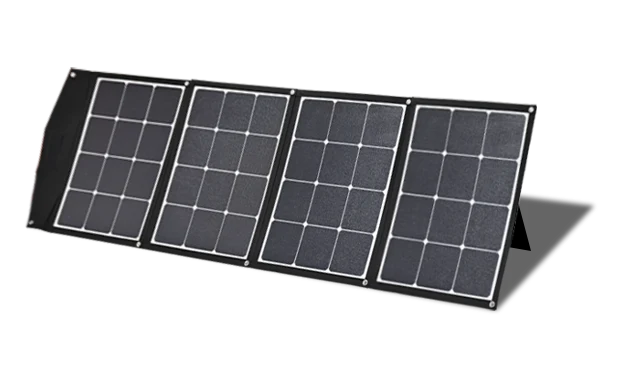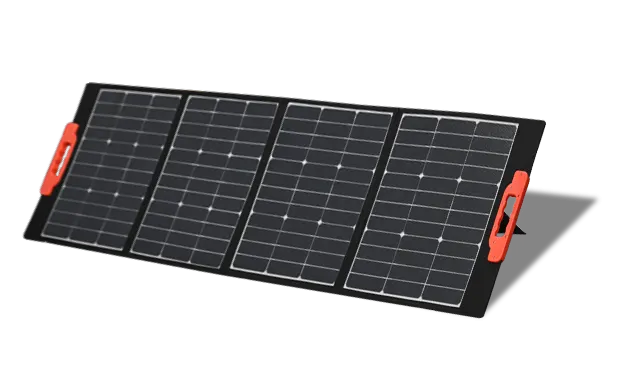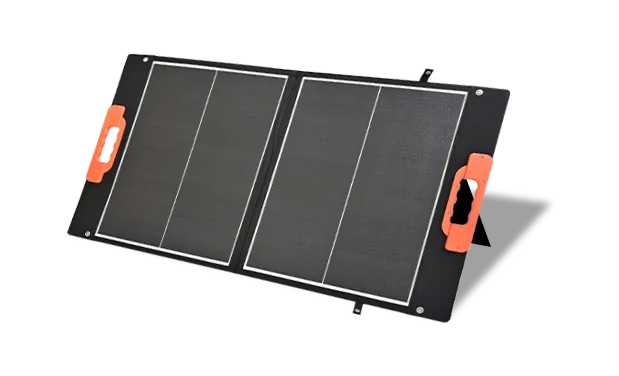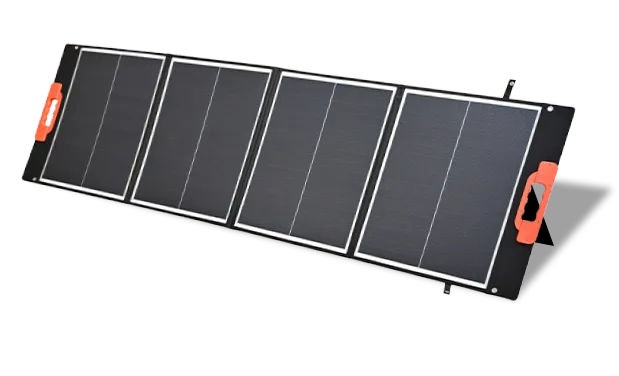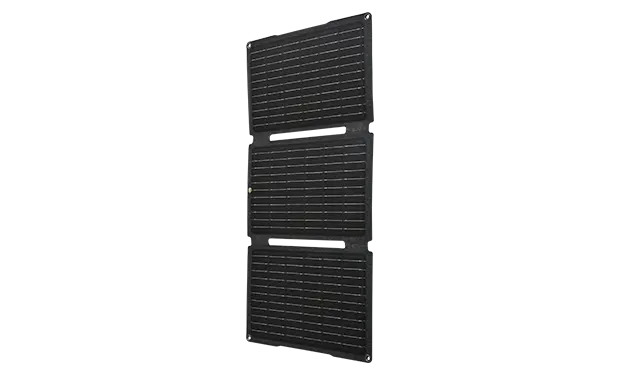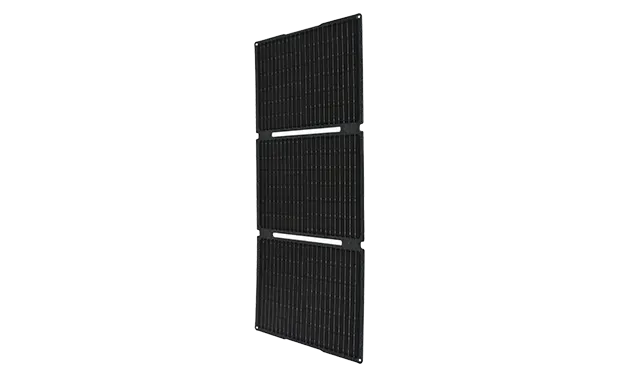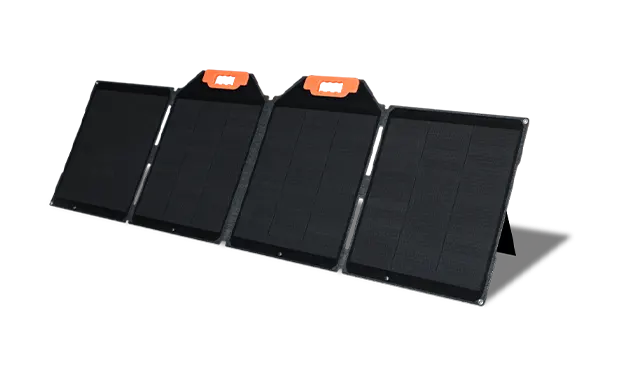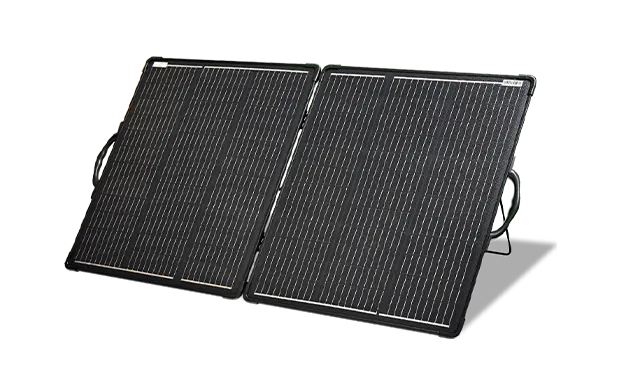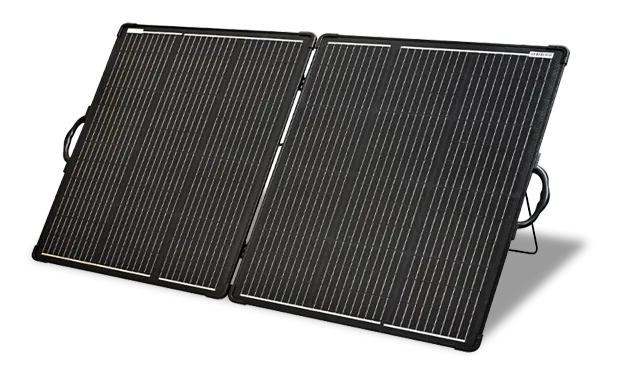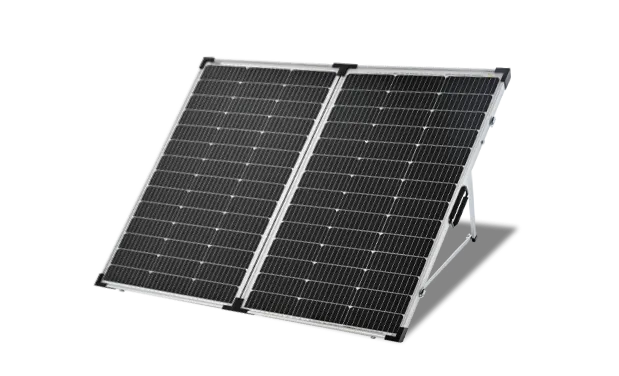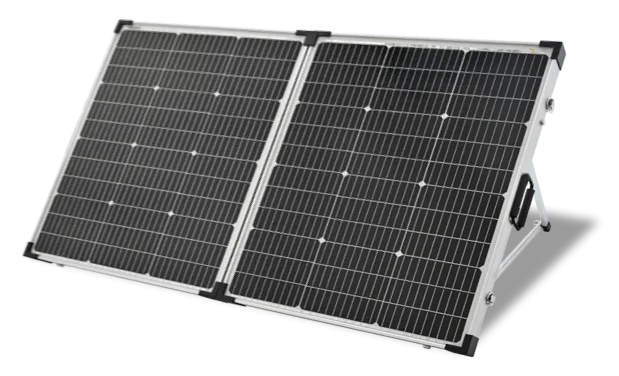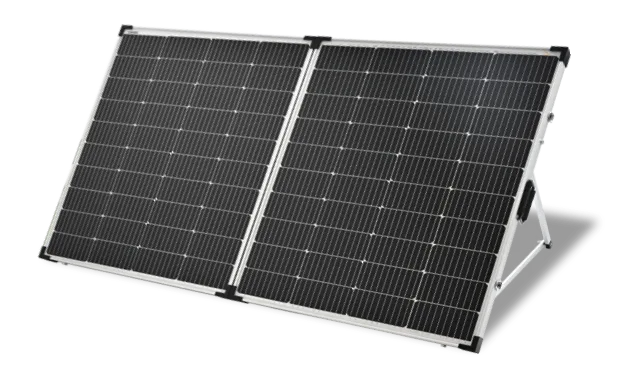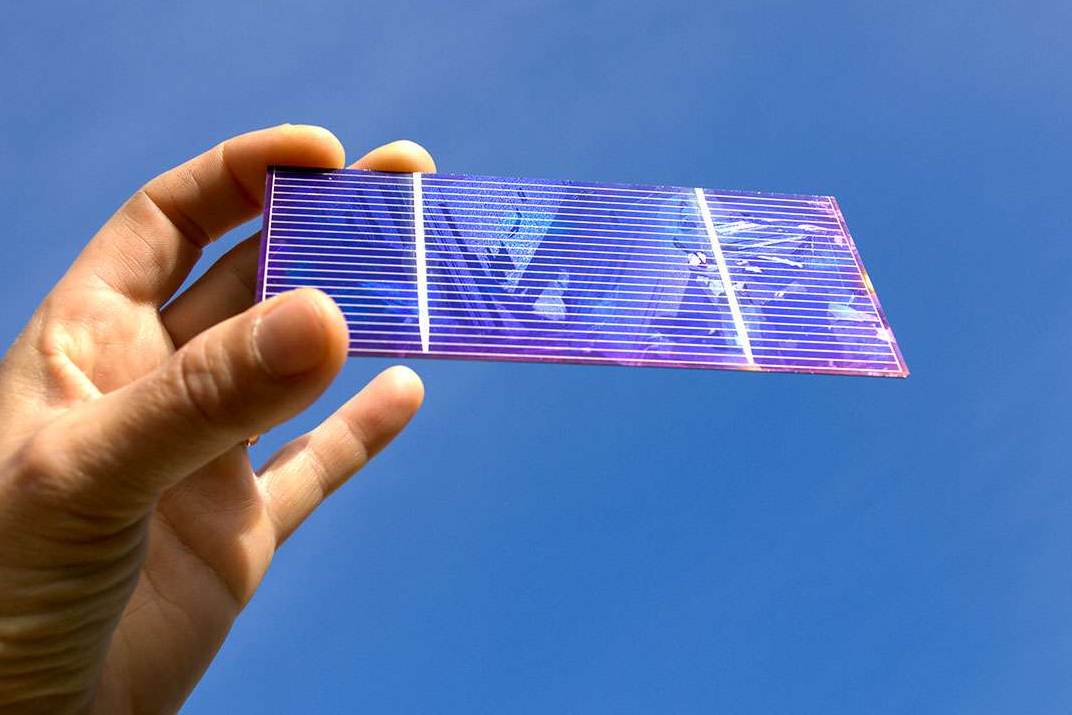The PV industry can be divided into silicon, wafers, cells, modules, and PV systems, where silicon and wafers are the upstream of the industry, cells and PV modules are the midstream of the industry, and the downstream is the power generation system.
How can photovoltaic cells achieve cost reduction and efficiency?
The cost of photovoltaic power generation is approximately equal to the cost of photovoltaic power plants, of which the cell is the key device, which determines the efficiency and cost of power generation, so, to reduce costs and increase efficiency, the entry point is the cell and constantly upgrade the cell research and development.
Its upgrade direction is probably divided into two kinds: one is to absorb more sunlight, and the other is to convert light energy into electricity as much as possible.
Photovoltaic cells are classified by substrate material and can be divided into P-type cells, which are cells with P-type silicon wafers as the substrate, and N-type cells, which are cells with N-type silicon wafers as the substrate.
P-type wafers are simple and less costly to produce, while N-type wafers usually have a longer life and can be made more efficient, but the process is more complex.
This is mainly because N-type wafers are doped with phosphorus, which is poorly soluble with silicon and easily unevenly distributed, while P-type wafers are doped with boron, which has a comparable coefficient of condensation with silicon, and the uniformity of dispersion is easy to control and the cost is lower. Therefore, at present, the mainstream products of the photovoltaic industry are P-type silicon wafers, corresponding to more P-type cells.
P-cells:
Typical P-type cells include BSF cells, PERC cells, PERC+ cells, etc.
Within these classifications, they emerged at different times and the market rates them differently.
Early photovoltaic power generation technology was dominated by BSF cells, then PERC cell technology began to replace BSF technology, after which PERC cell technology was optimised to form PERC+ technology.
1. BSF cells
BSF cells prepare a P+ layer by depositing an aluminium film on the backlight side of the silicon wafer after the PN junction of the crystalline silicon PV cell has been manufactured, thus forming an aluminium backfield.
Aluminium as a backfield has many benefits, such as reduced surface compliance and increased absorption of long waves, but aluminium backfield cells also have certain limitations in terms of photovoltaic conversion efficiency.
In terms of process, BSF cells are prepared through cleaning and fleece making, diffusion junction making, etching of de-phosphorised silicon glass, PECVD, screen printing, sintering and testing and sorting.
The BSF cell process is the general process of PV cell preparation, and any subsequent upgrades are based on this process.
2. PERC Cells
PERC cells are based on the traditional BSF cells, adding two processes of backside passivation and laser opening, while the performance is significantly improved corresponding to the application of core equipment including cleaning machines, fleece-making machines, diffusion furnaces, laser ablation machines, etching machines, PECVD, screen printing equipment, sintering furnaces, testing and sorting machines. If the backside polishing process is added, a tank cleaner is also required.
N-cells:
Although PERC cells currently occupy the mainstream, N-type cells have higher photoelectric conversion efficiency, and even though the technology is difficult, companies are accelerating their research and development in order to reduce costs and increase efficiency.
N-type cells include IBC cells, HJT cells, HBC cells and TOPcon cells.
Among them, TOPcon and HJT are the main technical routes and have already started to expand production. IBC and HBC are still in the experimental and validation stage and are regarded as “future technologies”.
3. TOPcon cells
The TOPCon cell structure allows for perfect passivation of the cell surface. It uses an ultra-thin oxide layer and is also doped with thin film silicon, both of which are operations to improve efficiency. As a result, the theoretical limit of conversion efficiency can be reached at 26.6%.
Compared to PERC cells, the TOPCon process has two additional components: boron diffusion and contact passivation layer deposition.
A major component is the LPCVD oxidation and deposition of i-type polysilicon, which is subdivided into two sub-categories underneath, one for the full diffusion process and the other for the phosphorus process. , and
The other big link is PECVD oxidation and deposition of P-type polysilicon. This approach has a much shorter process flow, is expected to significantly reduce costs and is the way forward for the technology.
4. HJT cells
HJT cells, also called heterojunction cells, are a type of hybrid solar cell and a bifacial cell.
Compared to PERC cells and TOPCon cells, HJT has a much shorter process flow, which helps to shorten production time and improve production efficiency even more.
Its preparation process probably includes cleaning and fleece making, amorphous silicon deposition, TCO film preparation and screen printing. The two key components are amorphous silicon deposition and TCO film preparation, and both are available in two types of preparation.
The method used for amorphous silicon deposition is PECVD or CAT-CVD, which has a higher film quality and is more effective in passivating the wafer than the former, but is less homogeneous and more expensive to maintain.
The method used for TCO film preparation is PVD or RPD, the latter technology has low equipment capacity and high price and is currently patented in Japan by Sumitomo. Comparatively speaking, the former PVD is more promising to become the mainstream process.
5. IBC cells
IBC cells, also called cross-finger back contact cells, are one of the high-efficiency large-area solar cells, and a typical N-type cell.
Here back contact cells include MWT, EWT and IBC cells. MWT and EWT cells are somewhat limited in their conversion efficiency, while IBC cells have a higher theoretical conversion efficiency.
IBC cells have no metal grid lines on the front side and the components on the back side are in the shape of forked fingers. This structure can increase the power generation area and improve the power generation efficiency.
IBC cells can also be integrated with HJT cell technology, that is, HJBC and HBC cell technology, both of which have achieved efficiencies of 25.1% and 25.6% respectively.
Summing up
From the current market competition pattern, because of the process and P-type era mainstream Perc technology in the same vein, TOPcon technology has been logical to present short-term high certainty, from the SENC is a large probability of large release.
The disruptive technology represented by HJT has many advantages in terms of performance, but the production line and process are not interlinked with the Perc era, and it is not economical for mainstream cell manufacturers to put into large-scale production for the time being. As a platform-level technology, HJT and the next generation of calcium titanium oxide battery technology are more smoothly integrated to form a stacked battery.
At present, HJT and TOPCon technologies have entered the battlefield at the cell manufacturing end, and the market is divided as to whether they are better or worse. On the whole, TOPcon technology has a clear short-term advantage, while HJT has more potential for the future.
The N-type battery and other technology paths mentioned later are clear, but there is still uncertainty about whether they can be achieved and the pace at which they can be achieved. If the cost reduction is less than expected, it may cause downstream manufacturers to postpone their capital expenditure plans, which will have an impact on the short-term performance of those equipment manufacturers.
There are also differences in the composition of demand for different devices across different technology paths, and technology iterations can affect manufacturers’ demand for devices, and therefore their performance.
In short, iterations allow technology to advance and products to reduce costs and increase efficiency, but they also expose vendors to many risks.
The market will gradually put forward different questions to manufacturers, cells thin enough, big enough, high enough efficiency, long enough life, etc., will gradually clear the backward production capacity, and photovoltaic remaining is definitely the king of the inner volume.
Source: PV Learning





